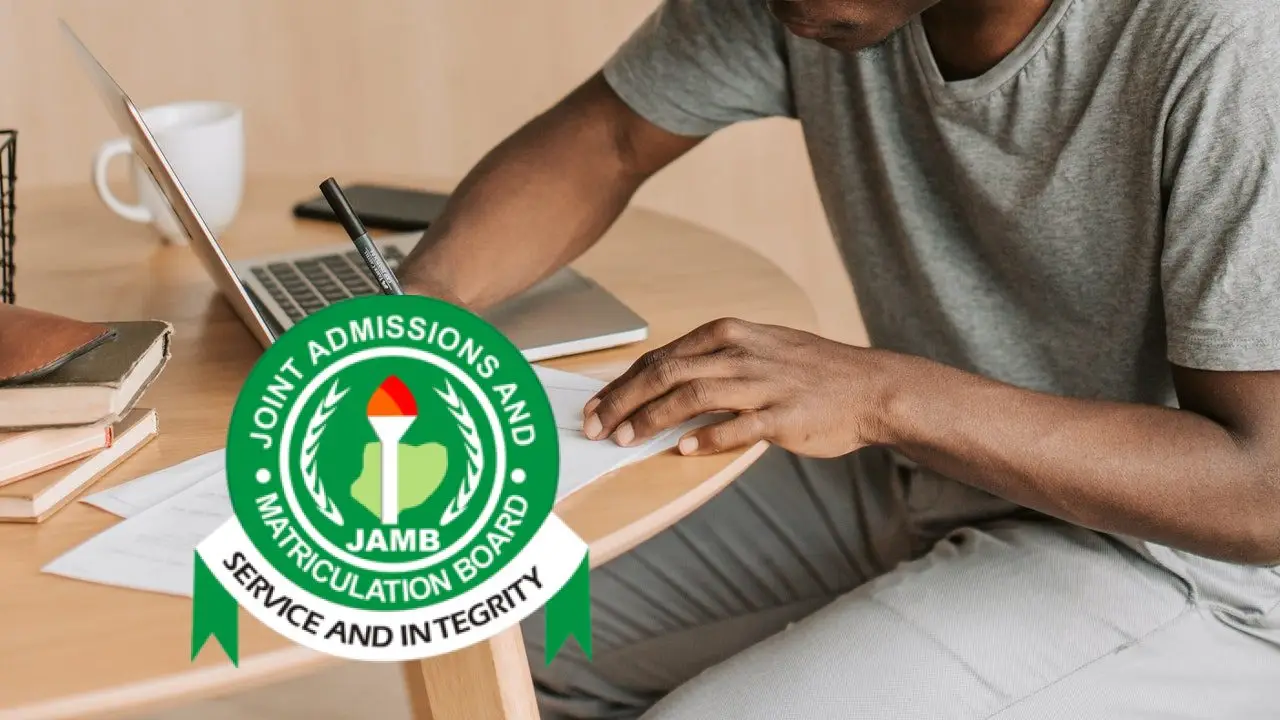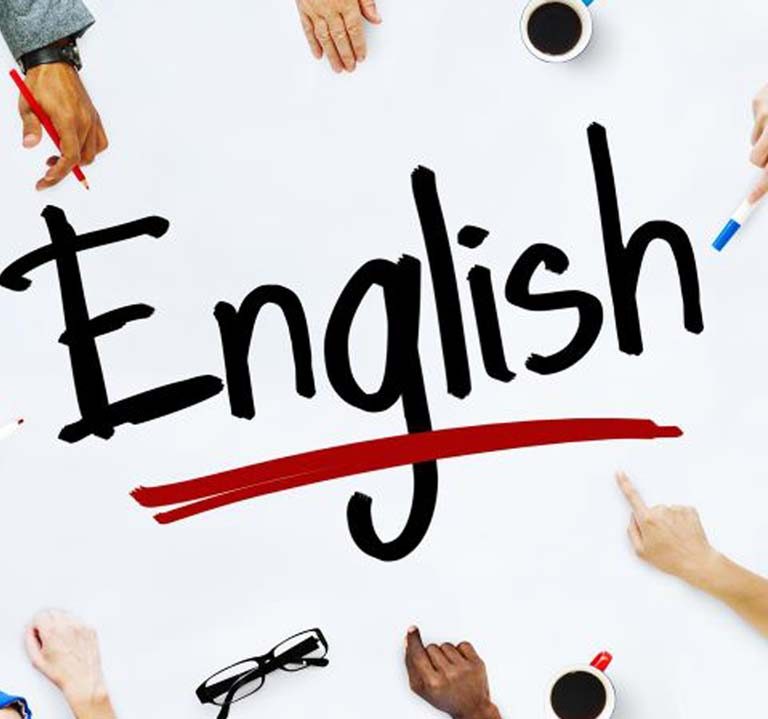JAMB 2025 MATHEMATICS SYLLABUS
Introduction:
JAMB 2025 MATHEMATICS SYLLABUS aims to prepare the candidates for the Board’s examination. It is designed to test the achievement of the course objectives, which are to:
- Acquire computational and manipulative skills.
- Develop precise, logical, and formal reasoning skills.
- Develop deductive skills in the interpretation of graphs, diagrams, and data.
- Apply mathematical concepts to resolve issues in daily living.
This syllabus is divided into five sections:
- Section I: Number and Numeration
- Section II: Algebra
- Section III: Geometry/Trigonometry
- Section IV: Calculus
- Section V: Statistics

Table of Contents
- Introduction:
- Section I: Number and Numeration
- Section II: Algebra
- Section III: Geometry and Trigonometry
- 3. Loci
- Section IV: Calculus
- Section V: Statistics
Section I: Number and Numeration
1. Number Bases
- Topics:
- Operations in different number bases (from 2 to 10).
- Conversion from one base to another, including fractional parts.
- Objectives:
- Perform basic operations (x, +, -, ÷) in various bases.
- Convert numbers between different bases.
2. Fractions, Decimals, Approximations, and Percentages
- Topics:
- Fractions and decimals.
- Significant figures.
- Decimal places.
- Percentage errors.
- Simple interest.
- Profit and loss percent.
- Ratio, proportion, and rate.
- Shares and VAT.
- Objectives:
- Perform basic operations (x, +, -, ÷) on fractions and decimals.
- Express numbers to specified significant figures and decimal places.
- Calculate simple interest, profit and loss percent, and solve problems involving ratio, proportion, rate, shares, and VAT.
3. Indices, Logarithms, and Surds
- Topics:
- Laws of indices.
- Standard form.
- Laws of logarithms.
- Logarithm of any positive number to a given base.
- Change of bases in logarithms and their applications.
- Relationship between indices and logarithms.
- Surds.
- Objectives:
- Apply the laws of indices in calculation.
- Establish the relationship between indices and logarithms in solving problems.
- Solve problems in different bases in logarithms.
- Simplify and rationalize surds.
- Perform basic operations on surds.
4. Sets
- Topics:
- Types of sets.
- Algebra of sets.
- Venn diagrams and their applications.
- Objectives:
- Identify types of sets (empty, universal, complements, subsets, finite, infinite, and disjoint sets).
- Solve problems involving the cardinality of sets.
- Solve set problems using symbols.
- Use Venn diagrams to solve problems involving up to 3 sets.

Section II: Algebra
1. Polynomials
- Topics:
- Change of subject of formula.
- Factor and remainder theorems.
- Factorization of polynomials of degree not exceeding 3.
- Multiplication and division of polynomials.
- Roots of polynomials of degree ≤ 3.
- Simultaneous equations, including one linear and one quadratic.
- Graphs of polynomials of degree ≤ 3.
- Objectives:
- Find the subject of the formula for a given equation.
- Apply the factor and remainder theorem to factorize an expression.
- Multiply and divide polynomials of degree ≤ 3.
- Factorize by regrouping differences of two squares, perfect squares, and cubic expressions.
- Solve simultaneous equations involving one linear and one quadratic equation.
- Interpret graphs of polynomials, including applications to maximum and minimum values.
2. Variation
- Topics:
- Direct, inverse, joint, partial variations.
- Percentage increase and decrease.
- Objectives:
- Solve problems involving direct, inverse, joint, and partial variations.
- Solve problems on percentage increase and decrease in variation.
3. Inequalities
- Topics:
- Analytical and graphical solutions of linear inequalities.
- Quadratic inequalities with integral roots only.
- Objectives:
- Solve problems involving linear and quadratic inequalities.
- Interpret graphs of inequalities.
4. Progression
- Topics:
- nth term of a progression.
- Sum of arithmetic progression (A.P.) and geometric progression (G.P.).
- Objectives:
- Determine the nth term of a progression.
- Compute the sum of A.P. and G.P.
- Sum to infinity of a given G.P.
5. Binary Operations
- Topics:
- Properties of closure, commutativity, associativity, and distributivity.
- Identity and inverse elements (simple cases only).
- Objectives:
- Solve problems involving closure, commutativity, associativity, and distributivity.
- Solve problems involving identity and inverse elements.
6. Matrices and Determinants
- Topics:
- Algebra of matrices (up to 3×3).
- Determinants of matrices (up to 3×3).
- Inverses of 2×2 matrices (excluding quadratic and higher degree equations).
- Objectives:
- Perform basic operations (x, +, -, ÷) on matrices.
- Calculate determinants.
- Compute inverses of 2×2 matrices.
Section III: Geometry and Trigonometry
1. Euclidean Geometry
- Topics:
- Properties of angles and lines.
- Polygons: triangles, quadrilaterals, and general polygons.
- Circles: angle properties, cyclic quadrilaterals, and intersecting chords.
- Construction.
- Objectives:
- Identify various types of lines and angles.
- Solve problems involving polygons.
- Calculate angles using circle theorems.
- Identify construction procedures for special angles (e.g., 30°, 45°, 60°, 75°, 90° etc.).
2. Mensuration
- Topics:
- Lengths and areas of plane geometrical figures.
- Lengths of arcs and chords of a circle.
- Perimeters and areas of sectors and segments of circles.
- Surface areas and volumes of simple solids and composite figures.
- The earth as a sphere: longitudes and latitudes.
- Objectives:
- Calculate the perimeters and areas of triangles, quadrilaterals, circles, and composite figures.
- Find the length of an arc, a chord, perimeters, and areas of sectors and segments of circles.
- Calculate total surface areas and volumes of cuboids, cylinders, cones, pyramids, prisms, spheres, and composite figures.
- Determine the distance between two points on the earth’s surface.
3. Loci
- Topics:
- Locus in 2 dimensions based on geometric principles relating to lines and curves.
- Objectives:
- Identify and interpret loci relating to parallel lines, perpendicular bisectors, angle bisectors, and circles.
4. Coordinate Geometry
- Topics:
- Midpoint and gradient of a line segment.
- Distance between two points.
- Parallel and perpendicular lines.
- Equations of straight lines.
- Objectives:
- Determine the midpoint and gradient of a line segment.
- Find the distance between two points.
- Identify conditions for parallelism and perpendicularity.
- Find the equation of a line in the two-point form, point-slope form, slope-intercept form, and the general form.
5. Trigonometry
- Topics:
- Trigonometric ratios of angles.
- Angles of elevation and depression.
- Bearings.
- Areas and solutions of triangles.
- Graphs of sine and cosine.
- Sine and cosine formulae.
- Objectives:
- Calculate the sine, cosine, and tangent of angles between -360° ≤ θ ≤ 360°.
- Apply these special angles (e.g., 30°, 45°, 60°, 75°, 90°, 105°, 135°) to solve simple problems in trigonometry.
- Solve problems involving angles of elevation and depression.
- Solve problems involving bearings.
- Apply trigonometric formulae to find areas of triangles.
- Solve problems involving sine and cosine graphs.

Section IV: Calculus
1. Differentiation
- Topics:
- Limit of a function.
- Differentiation of explicit algebraic and simple trigonometric functions (sine, cosine, and tangent).
- Objectives:
- Find the limit of a function.
- Differentiate explicit algebraic and simple trigonometric functions.
2. Application of Differentiation
- Topics:
- Rate of change.
- Maxima and minima.
- Objectives:
- Solve problems involving applications of rate of change, maxima, and minima.
3. Integration
- Topics:
- Integration of explicit algebraic and simple trigonometric functions.
- Area under the curve.
- Objectives:
- Solve problems of integration involving algebraic and simple trigonometric functions.
- Calculate area under the curve (simple cases only).
Section V: Statistics
1. Representation of Data
- Topics:
- Frequency distribution.
- Histogram, bar chart, and pie chart.
- Objectives:
- Identify and interpret frequency distribution tables.
- Interpret information on histograms, bar charts, and pie charts.
2. Measures of Location
- Topics:
- Mean, mode, and median of ungrouped and grouped data (simple cases only).
- Cumulative frequency.
- Objectives:
- Calculate the mean, mode, and median of ungrouped and grouped data (simple cases only).
- Use ogive to find the median, quartiles, and percentiles.
3. Measures of Dispersion
- Topics:
- Range, mean deviation, variance, and standard deviation.
- Objectives:
- Calculate the range, mean deviation, variance, and standard deviation of ungrouped and grouped data.
4. Permutation and Combination
- Topics:
- Linear and circular arrangements.
- Arrangements involving repeated objects.
- Objectives:
- Solve simple problems involving permutation and combination.
5. Probability
- Topics:
- Experimental probability (tossing of coin, throwing of a dice, etc.).
- Addition and multiplication of probabilities (mutual and independent cases).
- Objectives:
- Solve simple problems in probability (including addition and multiplication).
Recommended Texts:
- Adelodun A. A (2000) Distinction in Mathematics: Comprehensive Revision Text (3rd Edition)
- Anyebe, J. A. B (1998) Basic Mathematics for Senior Secondary Schools and Remedial Students
- Channon, J. B. & Smith, A. M (2001) New General Mathematics for West Africa SSS 1 to 3
- David-Osuagwu, M. et al (2000) New School Mathematics for Senior Secondary Schools
- Ibude, S. O. et al (2003) Algebra and Calculus for Schools and Colleges
- Tuttuh-Adegun M. R. et al (1997) Further Mathematics Project Books 1 to 3





